Have Trailer, Will Travel
Mankind has always been into mobility. From the time our primitive ancestors steadied themselves on two legs, humanity has been on the move — creating new ways for getting from point A to B. It wasn’t long before we started hauling our tools to new destinations in the name of progress. Today’s contractor continues the mobile machine tradition, hauling equipment from jobsite to jobsite. With more complex means of travel, safety becomes ever more important and that’s especially true when hauling equipment.
“When pulling a load, the truck is no longer a simple truck — it will behave differently. It will not slow down as fast and it will not corner as quickly and as easily,” says Mark Kulyk, president of Rogers Brothers Corp., a trailer manufacturer based in Albion, Pa. “Operators need to make sure to allow more space between vehicles and more time and space to stop their vehicle. They must also take time to properly chain down the load with enough good chains or straps to hold it in case of a sudden stop. Finally, they must be aware of high center-of-gravity loads that can roll a trailer if they come into a clover-leaf intersection too fast — the sharp fast curve can flip the trailer and load if the load is too high and the trailer is moving too fast.”
Before getting into the ins and outs of proper equipment trailering, Kulyk was quick to point out that there is no advice that can be generally given that will cover the safety procedures for every trailering instance. The information provided by trailering professionals is to promote the discussion of safety and is not intended to replace common sense or the information found in a trailer manufacturer’s owner’s manual.
Types of Trailers
With that important message noted, let’s take a closer look at the trailers. Today’s trailers can be lumped into two different sub-groups — low-profile and deckover trailers and open or enclosed trailers. Typically, the low-profile variety is going to be the trailer of choice for the small equipment hauler. It offers a wider, more stable wheelbase, as this trailer uses longer axles. The wheels are situated outside the frame and the body of the trailer, allowing the trailer deck to sit down between the wheels. This means that the deck height is closer to the ground, providing better stability and a lower angle of ramp incline for the machine to load onto.
A deckover design puts the wheels under the trailer deck and may feature a downward sloping dove or beaver tail at the rear to reduce the height of the deck at the point where the ramp attaches. Typically, a deckover trailer is only recommended for equipment that is wider than the 82 in. of loadable space on a low-profile trailer. Conversely, a deckover trailer is required for machines as wide as 102 in.
To determine how big of a load your trailer can carry, you need to take a look at the trailer’s gross vehicle weight rating (GVWR), its gross trailer weight (GTW) and tongue weight (TW).
“A trailer is rated with a GVWR rating, which combines both the carrying capacity of the trailer and the actual weight of the trailer alone,” says Joe Dubke, sales manager for Redi Haul Trailers, based in Fairmont, Minn. “Some people are under the misconception that a 12,000-lb GVWR trailer will carry 12,000 lbs — it won’t. You have to subtract the weight of the trailer from the GVWR to get the carrying capacity. A customer needs to be aware of the carrying capacity of the trailer and the weight of what he or she needs to haul.”
To find your carrying capacity, the first calculation to make is the GTW of your fully-loaded trailer. For example, if you have a 2,500-lb trailer and a 6,000-lb skid steer, then the GTW is 8,500 lbs. It’s a good idea to double check this number by placing the loaded trailer on a vehicle scale, just to be on the safe side. At no point should the GTW exceed the GVWR because then the trailer is overloaded.
Next, you must find the TW, which is the downward force put on the hitch ball by the trailer’s coupler. TW is commonly 10 to 15 percent of the GTW and can be measured on a household scale but, again, it’s a safer bet to find the TW at the vehicle scale when you are finding the GTW. Match the GVWR shown on the trailer identification plate with the rating of the towing hitch. Do not pull a 10,000-lb GVWR trailer with a hitch rated to carry 5,000-lb GVWR, says Kulyk.
Again, it’s hard to understate the importance of having a truck and trailer that can properly and safely haul your equipment.
“A lot of accidents are caused by the trailer being too small for the load,” says Dubke. “I’ve had one of our customers run into a situation where the hitch on the truck was not rated high enough for the load capacity that he was pulling. You have to make sure that your hitch is rated high enough to handle the load of the trailer and what it’s carrying.”
If you don’t carefully consider the weight of each component, you could end up in trouble. Most 3 1/2-ton pickups have a GVWR around 15,000 lbs. Let’s say that you want to haul a 12,000-lb capacity trailer. You look at 15,000 lbs and 12,000 lbs and think that you can pull it off. But the rated trailer capacity and GTW are not the same. You have to make sure that the weight of the trailer is added into the capacity. If the trailer weight isn’t calculated, you’ll end up trying to haul nearly 16,000 lbs (given the trailer is 3,000 to 4,000 lbs) with a truck that can’t handle it. Also be sure that your total GVWR doesn’t exceed 26,000 lbs, as you would most likely need a commercial driver’s license (CDL).
Before You Lock and Load
Once you’ve figured out how much your truck and trailer can pull — do not exceed that amount. That might seem like common sense, but when you need to squeeze on just one more attachment, the temptation to overload is strong. “Overloading the trailer or the towing vehicle may be the biggest misuse of the equipment,” says Kulyk. “Neither is safe to do.”
Before you begin to load the trailer, review your trailer owner’s manual provided by the manufacturer and follow those instructions. In general, make sure that the truck and trailer are on level ground before loading and that the brakes of the truck and trailer are set. If you have to load on a slight incline, make sure it is not steep and use blocks in front of the trailer tires in the direction of the incline, says Kulyk. The point is to keep the truck and trailer from moving when loading.
Above all — do not rush. Time is needed to make sure that the machine is going on straight and that it can be controlled at all times. Loading too quickly can cause a loss of control. Always be aware of the location of any crew members in the area so that they are not hurt. Any crew member helping load the trailer must be able to see the operator at all times — most machines, even small ones, are large enough to kill if someone is hit or pinned by it.
When you load your machine, you’ll want to be sure that your equipment is properly placed on the trailer. You want to make sure that there’s adequate weight on the front of the trailer — you don’t want the weight behind the rear axel. Having too much weight too far back can cause the trailer to fish tail, says Dubke.
Once your machine is on the trailer, it’s time to secure it. While there is no specific national law, many states have their own laws requiring equipment haulers to secure equipment with a tie-down in each corner with a separate chain and binder. But you’ll want to check your specific state’s laws to make sure you’re compliant.
“A lot of states are cracking down on tie-downs,” says Dubke. “Be sure that whatever you’re using to tie the equipment down to the trailer — be it chains or straps — have an adequate holding capacity for the equipment. You don’t want a little 1-in. strap holding down a 12,000-lb skid steer.”
Once your equipment is securely stowed, you’ll want to drive carefully, remembering that you’re putting several thousand extra pounds in motion. And objects in motion remain in motion unless a force stops them.
“The best driving practice is to travel slower with more distance between you and the vehicle in front of you,” says Kulyk. “The truck and trailer cannot maneuver as easily and quickly, and it cannot pass other vehicles as easily. Allow more travel time and do not rush even if you are running late.”
Trailer Maintenance Musts
When you’re not busy hauling equipment, it’s important to keep up with basic trailer maintenance. Check the lights, tire inflation and brake function every day, recommends Kulyk. These are critical safety issues. Too often these simple checks are forgotten, but they can save a life. Of course, it’s important to follow the trailer company’s owner’s manual as to how often to check the frame for cracks, the suspension system for grease and the tire lug nuts for tightness.
“You want to keep your tires in good condition and make sure they’re inflated properly,” agrees Dubke. “Under-inflated tires have a tendency to heat up and that could cause a blow out. Make sure that your brakes are working.”
It’s important that you do not overlook any aspect of hauling equipment — be it trailer ratings, loading procedures or driving practices. And again, while Compact Equipment taps the brightest minds in the industry, there’s no better source for you than the manufacturer of your trailering equipment. Check your owner’s manual or call your dealer if you have any questions or concerns.
Jason Morgan is associate editor of Utility Contractor and a contributing editor to Compact Equipment, based in Peninsula, Ohio.
International Rolling Strong for 20 Years as a Commercial Truck Leader
For decades, International brand medium-duty trucks have held between 25 and 50 percent of the total medium-duty truck business. Downed power lines, towing vehicles off the side of the highway, racing to a fire and hauling material are all jobs that International DuraStar tackles. It’s one of many product offerings Navistar (manufacturer of the International brand) is hyping to celebrate its 20 years as a market leader.
Over the next several weeks, dealer sales representatives from International dealerships across the United States and Canada are participating in a series of in-depth, comprehensive sales training events. Along with new insights into the features, benefits and service support for the International DuraStar and International TerraStar, these “boot camp” training sessions also include a deep-dive competitive analysis and a ride-and-drive opportunity of all leading medium-duty competitive products.
“To ensure our success, we constantly ask ourselves, can we raise the bar even higher?” said Jim Hebe, Navistar senior vice president, North American sales operations. “We have set high standards for how we perform because we have the products, dealers and support to exceed those standards.”
One way to raise the bar is with the all-new 6.4-liter MaxxForce 7, which includes a new rugged 300-hp, 660 lb-ft torque model that offers medium truck owners improved fuel economy and a low overall cost of ownership. The MaxxForce 7 powers all standard-cab models of the Class 6/7 DuraStar and the new Class 4/5 TerraStar commercial trucks.
That same engine is the heart of the new International TerraStar, including MaxxForce Advanced EGR emissions technology. With MaxxForce Advanced EGR, customers won’t have the worry or inconvenience of finding or filling liquid urea. And, with no added SCR aftertreatment equipment, the TerraStar provides a clean, clear chassis for easy body and equipment mounting, with no added weight.
“International medium-duty trucks have been the benchmark in the industry for the past three decades and have served as the foundation of global transportation,” said Hebe. “With our innovative, dependable lineup of products and customer-focused support capabilities, we have no intention of relinquishing our leadership position in this important segment.”
DMAX Celebrates 10 Years of Diesel Engines for Chevy and GMC Trucks
DMAX Ltd. has been producing die-hard diesel engines for 10 years. DMAX is a 60-40 joint venture between General Motors Co. and Isuzu Motors Ltd., and last month the company celebrated 10 years of making award-winning diesel engines.
In ceremonies attended by community and government leaders, company officials marked cumulative production of 1.2 million engines since July 2000. DMAX is the exclusive manufacturer of the award-winning Duramax diesel engine that powers Chevrolet Silverado and GMC Sierra heavy-duty pickups and Chevrolet Express and GMC Savana full size vans.
“Over our company’s 10-year history, the Duramax diesel engine has become a success story and the pride of loyal Duramax owners around the world,” said Maho Mitsuya, DMAX CEO. “We’re proud of the role we’ve played in producing the leading reputation for quality, reliability and durability in the heavy-duty truck market.”
DMAX also announced a major environmental commitment for the facility — establishing it as a landfill-free operation by Oct. 1. The operation will join 69 GM facilities globally whose manufacturing wastes are recycled, reused or converted to energy. No waste from normal plant operations is sent to a landfill.
“Many manufacturing plants generate waste along with their products, but at the DMAX plant, diesel engines with fewer emissions are our only output,” Mitsuya said. “All manufacturing wastes generated at our facility will be recycled or reused in some way.”
GM announced in 2008 that it intended to convert half of its major manufacturing facilities worldwide into landfill-free operations by the end of 2010. GM is currently 95 percent toward delivering on that commitment. GM was among the first organizations — and to date is the only auto manufacturer — inducted into the U.S. Environmental Protection Agency’s WasteWise Hall of Fame, recognizing ongoing outstanding waste reduction and recycling efforts.
The all-new Duramax engine design contributes to the environmental accomplishments while featuring significantly more torque and higher horsepower, 11 percent better highway fuel economy and substantially reduced emissions.
“The 2011 Duramax engine produces 63 percent fewer emissions than the previous model and also can run on B20 biodiesel fuel,” said Rick Spina, GM vehicle line executive for full-size trucks. “Reduced vehicle emissions, combined with the DMAX plant’s certification as a landfill-free facility, provide evidence as to GM’s ongoing commitment to reducing our impact on the environment.”

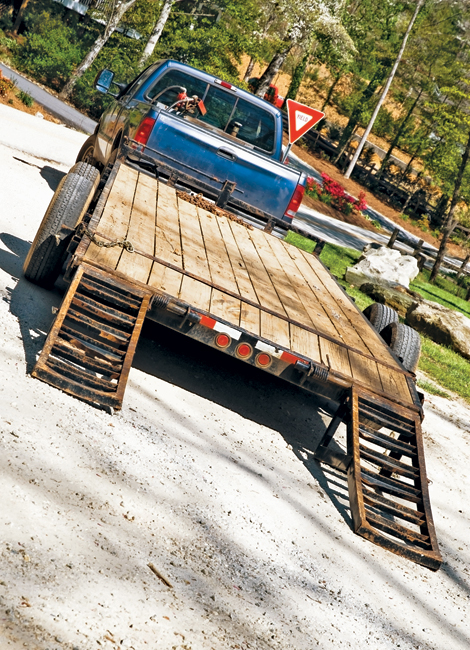
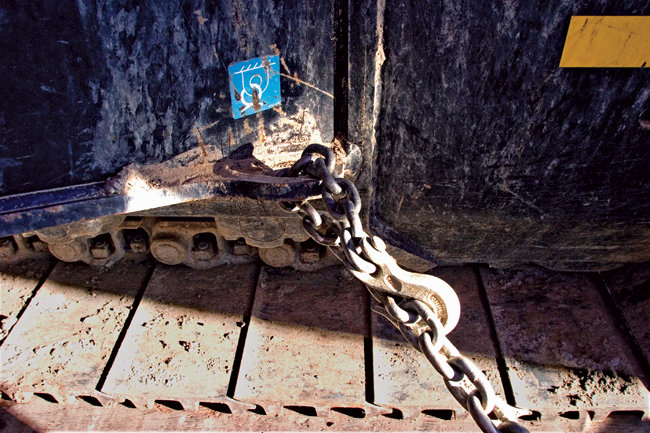
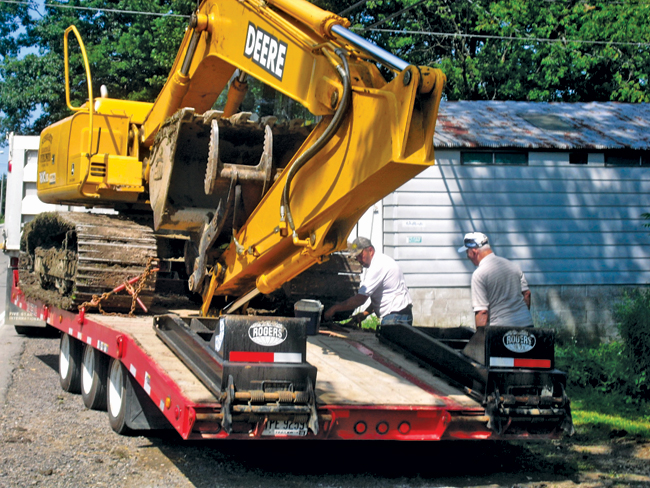
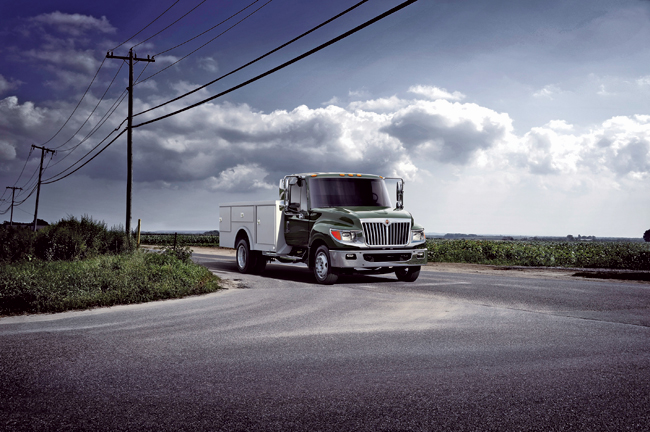
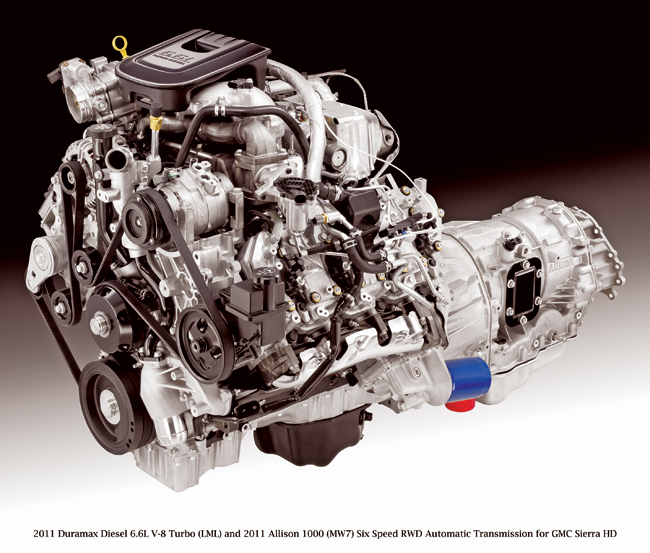
Comments are closed here.